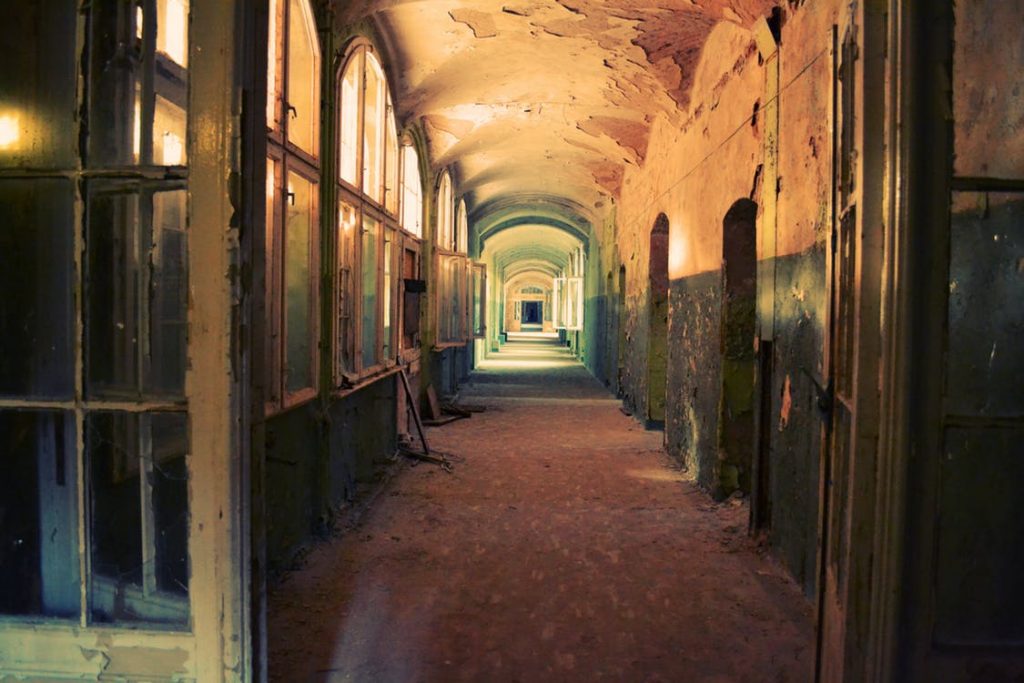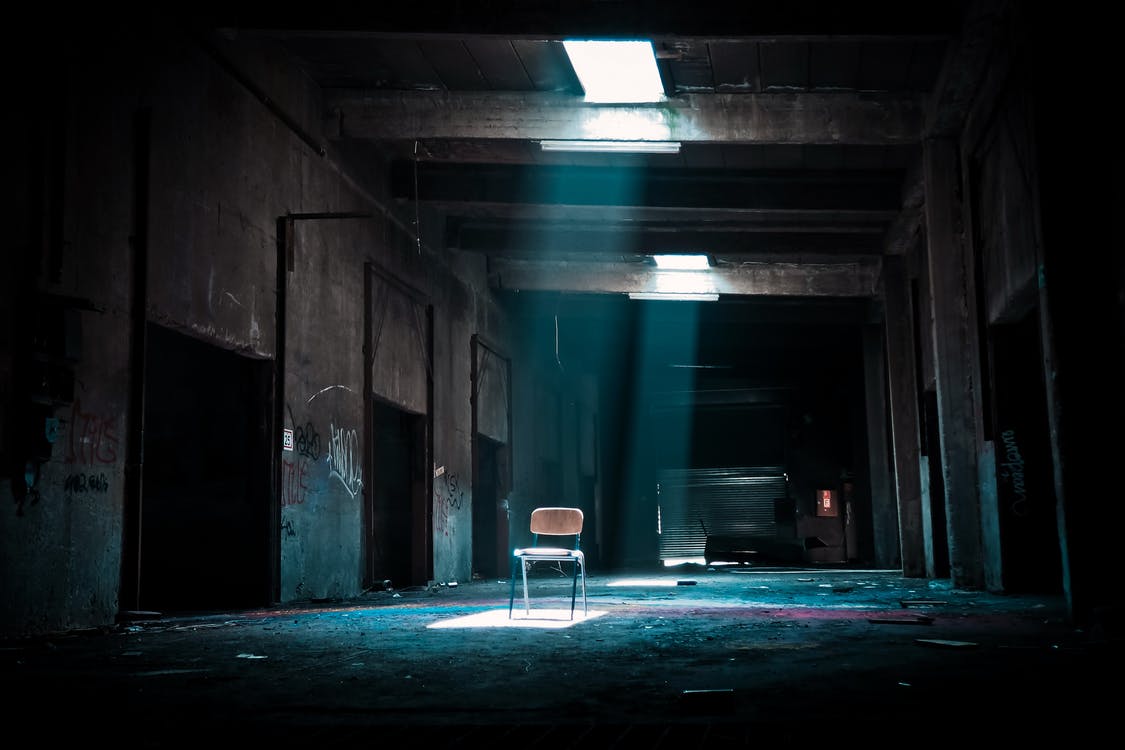While outdoorsy people love exploring what nature has to offer outdoors, there’s a whole other world of exploration going on indoors. Urban exploration is growing in popularity as more and more people are giving into their curiosity and joining in the world of urban exploration.
But what exactly is urban exploration? Though there are many forms, the most basic definition of urban exploration is the exploration of manmade structures. Think abandoned factories, hospitals, sewer systems, tunnels, and the like. It is a hobby that can be exciting, interesting, and maybe even a bit creepy depending on how long the structure has been abandoned for. Since most abandoned property eventually gets torn down, exploring it can mean getting one last glimpse of a structure that was probably teeming with life at one time.
Most urban explorers are exceedingly curious individuals. While most people view an abandoned property as decayed, an urban explorer may be curious as what the property was like at one time. They find beauty in unlikely places.
Many urban explorers choose to photograph their experiences. This not only documents your journey, but you can also get some unique, one-of-a-kind photos. Many photographs of urban exploration look like scenes straight out of a movie. Rusted chairs, old tables, even old papers and paraphernalia that was left behind by the prior inhabitants.

As with any form of exploration, there is some risk involved with urban exploration. The biggest risk of urban exploring is the fact that you may be trespassing. The world of urban exploration has one cardinal rule to remember: Take nothing, leaving nothing but footprints. This basically means to respect your surroundings. You are not there to take things that don’t belong to you. Explore, take your photos, and move on. Don’t take the risk of breaking locks or windows to enter a place. You could get into trouble for breaking and entering if you do.
There are physical risks to consider as well. If the structure is in a state of decay, you may encounter weak or rotted floors. Remember to be vigilant of your surroundings and avoid the risk of stepping in areas that seem questionable. You don’t want to find out the hard way and fall through. There is a chance that older buildings may have asbestos or other harmful fumes/gases. The use of a mask or respirator is strongly recommended as you explore older buildings.
Proper footwear and clothing is a necessity when exploring. Climbing over broken glass and other debris that you may encounter in an abandoned area will go a lot smoother if you have sturdy boots that will stand up to any terrain. Clothing that will stand up to your surroundings is a must. As you get deep into tunnels or buildings it can get cooler. Be sure you are warm enough. You may also encounter wetness, so be sure to wear something that will help keep you dry.
Another must-have item is some sort of light. This can be a headlamp, lantern, or flashlight. You’ll be exploring some dark areas and light will be critical to properly see your surroundings.
It is always good to explore with someone. If something happens, one of you will be able to go for help. If there is nobody to go with you, be sure to tell others where you are going in the event of an emergency. If you fall and get hurt, you’ll want someone to be able to find you in a hurry.
Be sure to have a first aid kit on hand. You’ll be exploring areas that have broken glass, rust, and other things that may be harmful if you get cut or hurt. At the very least, band aids, bandages, and antibiotic ointment should be carried with you.
Other items to have with you are a cell phone, food, and water. Many things can happen while exploring and a cell phone will enable you to call for help should you need. Exploring can take up most of the day. Be sure to bring enough food with you to last with some extra incase you’re out longer than you expected. It is crucial to have enough water with you to stay hydrated. There may be a lot of climbing and physical exertion required to explore a place. Bring enough water to last the duration of your trip.
A map or knowledge of the building are both very useful to have. It will be a lot easier for you to navigate through a structure if you have at least a general knowledge of where things are located.
Though there is a lot of risk involved with urban exploration, the payoff can be incredible. You’ll be finding beauty in the remnants of a place that once was full of life.
